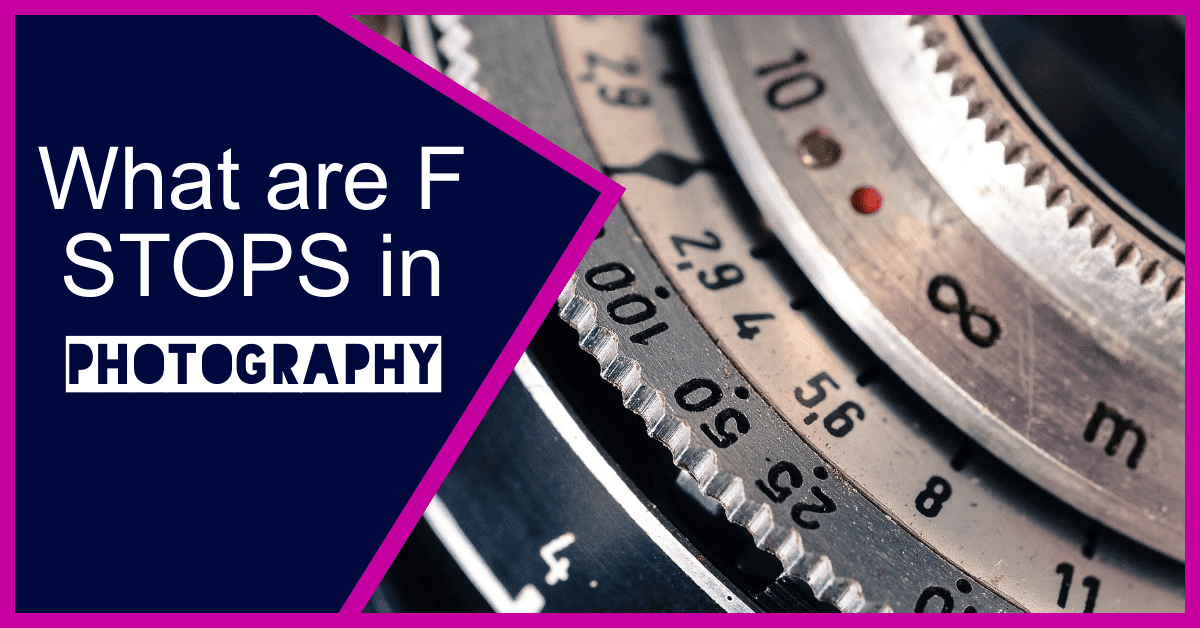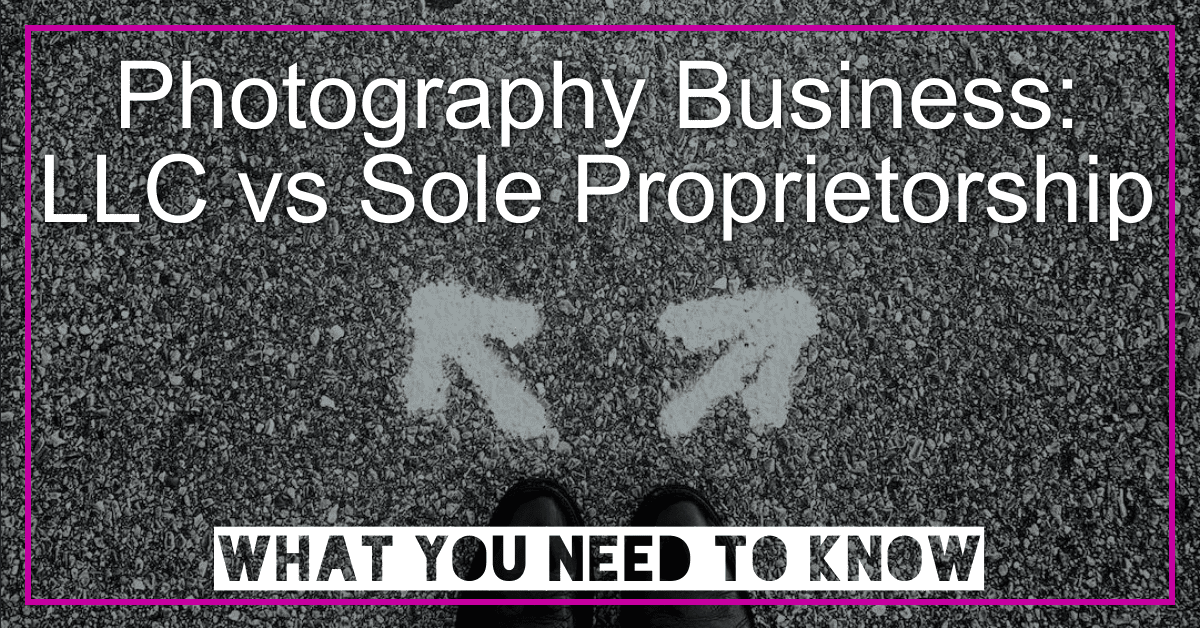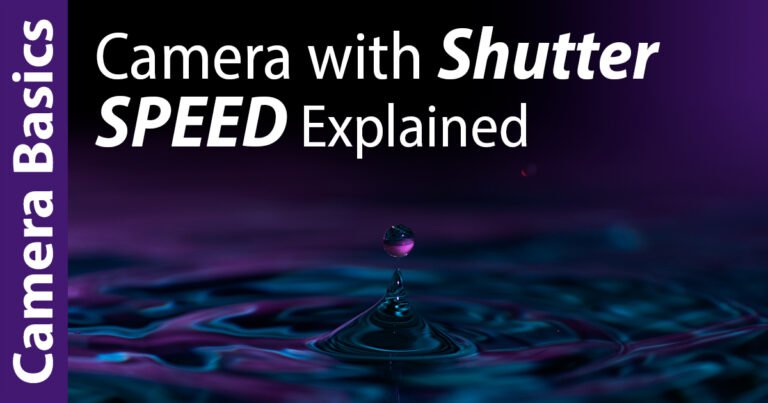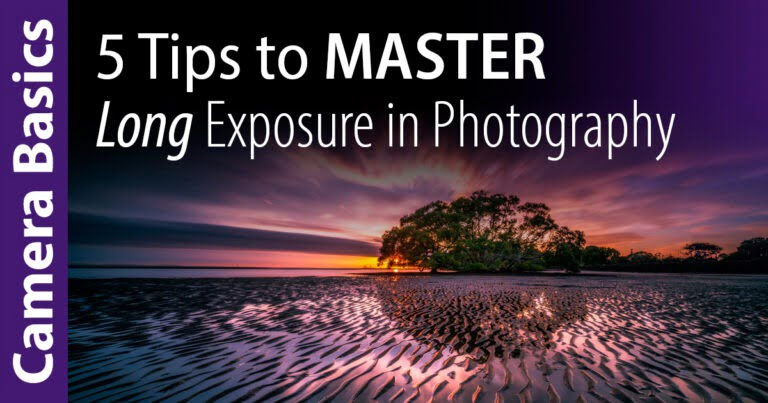What are F Stops in Photography? This is a question that is commonly asked by beginner photographers who are just starting to learn about the basics of photography. F-stops are one of the fundamental concepts in photography that every photographer needs to know.
In this article, we will provide a complete 10 point view of what F-stops are, how they work, and why they are important in photography.
F-stops are a key component of the exposure triangle in photography, which includes ISO, Shutter Speed, and Aperture. The aperture of a camera lens is measured in F-stops, which determine the amount of light that enters the camera.
Understanding F-stops is essential for photographers who want to take full control over their camera settings and achieve the desired level of exposure.
In this article, we will begin by defining F-stops and explaining how they work in relation to aperture. We will also explore the relationship between F-stops and depth of field, and how they can be used to create stunning photographs with shallow or deep focus.
Additionally, we will cover the pros and cons of using F-stops in photography, as well as some tips for using them effectively in different shooting scenarios. Finally, we will conclude with a persuasive summary of the importance of understanding F-stops in photography for photographers of all levels.
Table of Contents
What are F Stops in Photography? 10 Point View.
1. Definition of F-Stop: F-Stop is a measure of the aperture of the lens, which regulates the amount of light that enters the camera. It is represented by a series of numbers, known as F-Numbers or F-Stops.
2. F-Stop Numbers: F-Stop numbers represent the size of the aperture of the lens, and they are represented as fractions. For instance, F/1.4 is a larger aperture than F/5.6, as it allows more light to enter the camera.
3. Depth of Field: The F-Stop plays a significant role in determining the depth of field of an image. A smaller aperture (higher F-Stop number) will result in a larger depth of field, meaning more of the image will be in focus. On the other hand, a larger aperture (lower F-Stop number) will result in a shallower depth of field, meaning only the subject will be in focus. Read more: What is the Depth of Field in Photography?
4. Exposure: F-Stop is an essential component of exposure control. It controls the amount of light entering the camera and affects the exposure triangle (ISO, Shutter Speed, and Aperture). Read more: 5 Tips to Master Long Exposure in Photography
5. Shutter Speed: F-Stop and Shutter Speed are closely related. A change in one will impact the other. When you change the F-Stop, it will affect the shutter speed, and vice versa. Read more: Camera With Shutter Speed Explained
6. Blurry Images: If the shutter speed is too slow or the aperture is too wide (low F-Stop number), the image may be blurry due to camera shake or subject movement.
7. Lens Aperture: The maximum aperture of a lens is a significant factor in its value and cost. Lenses with a lower F-Stop number are more expensive than those with higher numbers. Read more: What is a Camera Aperture?
8. Metering Modes: The metering modes on a camera measure the amount of light coming into the camera, and they are affected by the F-Stop settings.
9. Effects on Bokeh: Bokeh is a term used to describe the aesthetic quality of the blur in the out-of-focus areas of an image. F-Stop settings can greatly affect the quality and appearance of Bokeh. Read more: Unlock Exclusive Secrets: What is a Bokeh in Photography!
10. Creative Control: Understanding F-Stop allows you to control the depth of field in your images, which can lead to more creative control and artistic expression in your photography.
Understanding what are F-Stops in photography, is crucial for any photographer who wants to control their images’ exposure and depth of field. By mastering F-Stop, you can produce images with a desired focus, creative bokeh, and an overall aesthetic look.
How to Set F Stops on Your Camera? 7 Steps.
Setting the correct F-stop is essential in capturing the perfect shot in photography. Here are the steps to setting F-stops:
1. Understand the aperture scale: F-stops are a way of measuring the aperture or opening of a camera lens. The aperture scale ranges from F1.4 to F22 or higher.
2. Determine the depth of field: The depth of field is the range of focus in your image. A wider aperture (smaller F-stop number) will create a shallow depth of field, while a smaller aperture (larger F-stop number) will create a deeper depth of field.
3. Adjust the camera settings: Depending on the camera, F-stops can be adjusted in manual mode, aperture priority mode, or shutter priority mode. In manual mode, the photographer can adjust both the F-stop and shutter speed settings to achieve the desired exposure.
4. Set the ISO: The ISO determines the camera’s sensitivity to light. It is recommended to use the lowest ISO possible to reduce noise in the image.
5. Adjust the F-stop: Use the camera’s control dial or menu to adjust the F-stop to the desired setting. Keep in mind the effect on the depth of field when adjusting the F-stop.
6. Check the exposure: Take a test shot and check the exposure using the camera’s histogram. Adjust the settings as needed to achieve the desired exposure.
7. Refine the settings: Make any final adjustments to the F-stop, shutter speed, and ISO to achieve the desired depth of field and exposure.
By following these steps, you can set the F-stop correctly and capture the perfect shot in photography. Understanding F-stops is essential to achieving the desired depth of field and exposure in your images.
3 Additional Resources about F Stops in Photography
1. What is f-stop? – https://www.bhphotovideo.com/explora/photography/tips-and-solutions/what-are-f-stops-photography
This article by B&H provides a simple and concise explanation of what f-stops are in photography. It starts by defining f-stop as the ratio of the lens’s focal length to the diameter of its aperture, which controls the amount of light that enters the camera. It goes on to explain how a lower f-stop number (e.g., f/2.8) indicates a larger aperture opening and more light entering the camera, while a higher f-stop number (e.g., f/16) indicates a smaller aperture opening and less light entering the camera. The article also touches on the relationship between f-stop and depth of field, which is the range of distance that appears sharp in a photograph.
2. Understanding F-Stops in Photography – https://www.picturecorrect.com/tips/understanding-f-stops-in-photography/
This article by PictureCorrect provides a more detailed explanation of f-stops in photography. It starts by breaking down the concept of f-stop into two parts: the aperture and the f-number. It then explains how f-stop affects exposure and depth of field, and provides examples of how changing the f-stop can impact the final image. The article also includes a helpful chart that shows the common f-stop values and their corresponding aperture sizes and depth of field ranges.
3. Mastering Aperture and f-stops in photography – https://digital-photography-school.com/mastering-aperture-and-f-stops-in-photography/
This article by Digital Photography School provides a comprehensive guide to mastering aperture and f-stops in photography. It starts by explaining the relationship between aperture, shutter speed, and ISO, and how adjusting one setting affects the other two. It then goes on to explain how f-stop affects exposure, depth of field, and bokeh (the quality of the out-of-focus areas in a photograph). The article includes helpful examples and diagrams to illustrate these concepts, as well as tips on how to use aperture creatively to achieve different effects in your photographs. Overall, this article is a great resource for photographers who want to master the art of using f-stops to create stunning images.
5 Tips using F Stops in Photography
F-stops are an essential aspect of photography that can help photographers achieve a specific look in their images. Here are some tips for using f-stops in photography:
1. Use lower f-stop numbers for shallow depth of field and artistic effects: A lower f-stop number, such as f/1.8 or f/2.8, will create a shallow depth of field, which can help blur out the background and bring the focus to the subject. This effect is often used in portrait photography to create a dreamy or romantic look.
2. Use higher f-stop numbers for larger depth of field and sharp focus throughout the image: A higher f-stop number, such as f/11 or f/16, will create a larger depth of field, which means more of the image will be in focus. This effect is often used in landscape photography to ensure that everything from the foreground to the background is sharp and in focus.
3. Consider the lighting conditions and adjust the f-stop accordingly: The amount of available light will affect the choice of f-stop. In bright conditions, a higher f-stop number may be necessary to avoid overexposure, while in low light conditions, a lower f-stop number may be needed to let more light into the camera.
4. Experiment with different f-stops to achieve the desired effect: F-stops are a creative tool, and experimentation is key to finding the right look for a specific shot. Try different f-stop settings to see how they affect the image and how they can be used to create different effects.
5. Practice using f-stops in manual mode to gain a better understanding of their impact on exposure and depth of field: Manual mode allows the photographer to have full control over the camera settings, including the f-stop. Practicing in manual mode can help photographers understand the relationship between f-stop, shutter speed, and ISO and how they can be adjusted to achieve the desired look.
In summary, understanding what are F Stops in photography and how to use them is crucial for achieving the desired look in your images. Experimentation and practice can help you become more comfortable with using f-stops and can open up new creative possibilities.
Conclusion: What are F Stops in Photography?
In conclusion, understanding what are F-stops in photography is essential for any photographer who wants to take their skills to the next level. With this knowledge, you can take control of your camera settings and produce images with a wide range of depth of field and artistic effects.
We have discussed the 10 points of F-stops in photography, including what they are, how they work, and their impact on exposure and depth of field. We also examined some of the pros and cons of using F-stops and provided tips for using them effectively in your photography.
It’s important to keep in mind that F-stops are just one component of photography and should be used in conjunction with other techniques to create compelling images. Practice using different F-stop settings and experimenting with various lighting conditions to discover the endless possibilities of photography.
Finally, mastering F-stops in photography takes time, patience, and practice, but it is a valuable skill that will elevate your photography to the next level. Don’t be afraid to make mistakes and keep learning from them. With a deeper understanding of F-stops and their role in photography, you can create stunning images that capture the essence of the world around us. So get out there and start shooting with confidence, armed with the knowledge of F-stops and their power in photography.


Gideon van Niekerk
Photographer & Blogger
Transform Your Passion for Photography into a Thriving Career! As a professional photographer with over a decade of experience, I share the secrets of building a successful photography business on my blog. Unlock the Secrets to Starting a Profitable Photography Business Today! Join me on an incredible journey of discovery, where you’ll learn insider tips and tricks to building a successful photography empire. Don’t miss out on this exciting opportunity to turn your passion into profit – let’s embark on this journey together!










